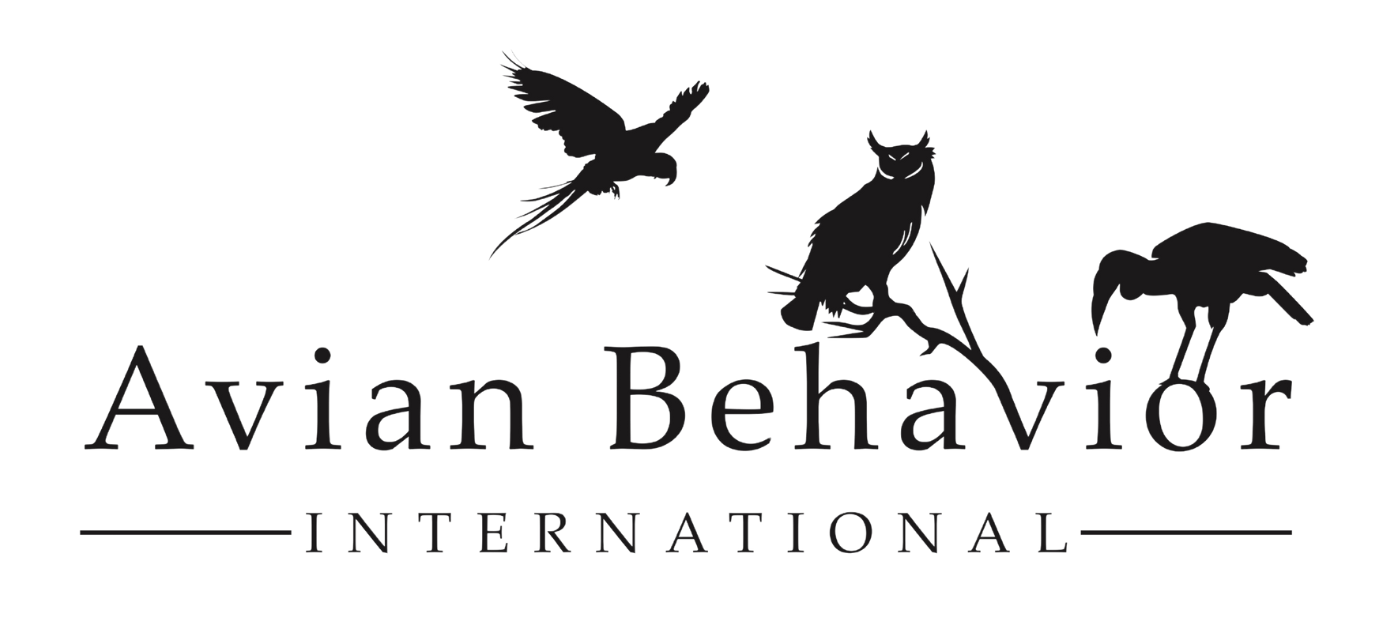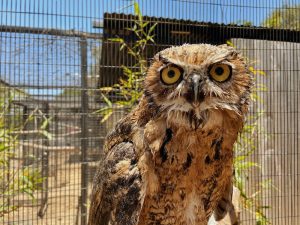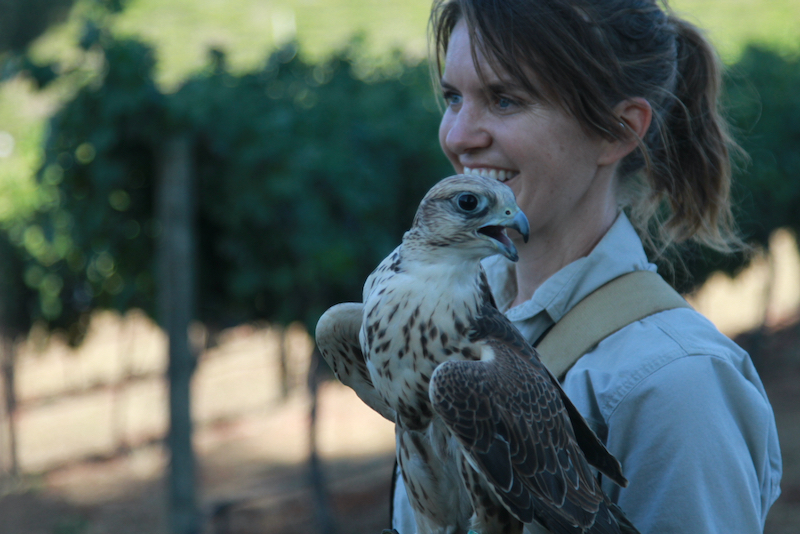
27 May How Understanding Nature Can Help You with Dogs and Babies and Dancing Barn Owls
Recently in our podcast episode #29 Why Scientific Literacy Matters to Our Animals, we spoke about how the human brain is wired for thought in different ways and how that impacts the way we interact with the world. Shocker of all shockers, this has direct impacts on the various relationships we have with animals and the natural world. The reason is that we humans tend to map our emotional experience on to the actions of others. This can lead to more empathy, but it can come at a costly toll to the animals we share our lives directly and indirectly with.
One need not look further than our reaction to a “happy dog,” an animal that appears to dance, play with or even help out another species at its own cost! I would venture to argue that we are invested in the idea that animals are inherently more virtuous than us, and it is truly upsetting whenever we run up against an example of some “cruel and vicious intent of nature” that defies our perception of such.
As a figure of some prominence in animal care land, I have been tagged or sent numerous animal-related media that wrongly infer an animal’s behavior or ethology, ranging from benevolent to incredibly harmful. Dogs wracked with
distemper that bystanders dance with thinking that it was moving to the music or just really happy, an April Fool’s joke of a photoshopped African elephant carrying a lion cub for a lioness across a road that fooled tens of thousands of people, many of whom remarked how much we could learn from the altruism of animals, to a sweet picture of a pigeon with a white head and tail taken by a citizen who really needed the wildlife rehabbers to retrieve a lost bald eagle off their roof.
These are small examples among the thousands we receive in a year of doing conservation education programs and being on social media focusing on wildlife education and positive reinforcement training. And what this means is that with information hitting us at all angles, its dissemination being democratized and no longer coming via select, highly vetted channels, anyone can be an expert, and at the same time, opinions and facts become equally weighted as we don’t take the time to research where they came from. A caption slapped on a video is all too easy to take as truth and shared to thousands more, where it simply becomes a fact by the availability heuristic.
Dog training is a common genre where our folk knowledge like this can impact our animals’ lives in helpful and harmful ways. Because dogs have been in our lives for so long, our understanding of their behavior has naturally evolved, mutated and progressed into so many different branches. We have clung tightly to some schools of thought because they speak to our “human intellect is superior” mindset, even if this understanding itself is unspoken. I remember a very uncomfortable moment at a dinner party for a friend I didn’t know well, and someone retold the story of how he pinned his Great Dane against the wall in a choke hold with her hind legs dangling, to the laughter of all sitting around me. Indeed, our understanding of how to achieve the behavior we want in our companion dogs varies greatly in terms of the levels of coercion we accept in ourselves in others. The science of animal training teaches us that when we tell something what we don’t want, we are giving the animal only a fraction of the information it needs to succeed. Suppressing behavior rarely works, and even then, not as a long-term practice. I am fuzzy on the details as to why the man put the large dog in a choke hold, but I remember trying to diplomatically explain that aggressive behavior begets aggressive behavior, and an untenable escalation is likely to occur.
In another clear example of our need to evolve our understanding of the science of dog training and behavior is how to safely have dogs and small children interact. Most dogs are not comfortable around small children. I will repeat that. Most dogs are not comfortable around small children. Dog bites, even minor ones, are frequent when we ignore the fact that suppressing dog behavior and body language can lead to increased fear responses, which often manifests as aggression. A dog showing the whites of its eyes, drawn lips, stiff body posture and tail, and laid-back ears is an all-too-frequent sign of a dog that is put into a position it does not feel comfortable in around a child that often has high pitched screams, pulls on body parts, and erratic, hard to predict movements. Even the most tolerant dogs can become dangerous to small children. It takes careful training as well as tightly managed scenarios for dogs and small children to be safe together. Even supervised, extreme damage can happen so fast that the consequences of a traumatic situation puts both dog and child at peril.
Flooding a dog, a technique where adult human replicates the movements of children, pulling ears and tails to try to get the animal used to the children, can also be dangerous. It can push the animal too far so that it will displace on the smaller creature when given the next chance, it can sensitize the dog overall, and it most importantly, it doesn’t give the animal information about what to do when it feels uncomfortable other than to just sit there and take it. This is again, the cardinal 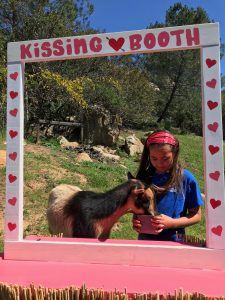 rule of animal training science. We know what we don’t want, but what do we want the animal to do? Another important point is that we also aren’t actively giving our human counterparts information about how to behave respectfully around animals, that it’s not okay to hit or pull ears and tails (or for heaven’s sakes, run at a flock of resting pigeons or ducks). If a child cannot be expected to behave around an animal without causing the animal discomfort and can’t voice its opposition, perhaps it’s just not at that developmental period yet, then do we want to send the message that this is an acceptable way to treat animals?
rule of animal training science. We know what we don’t want, but what do we want the animal to do? Another important point is that we also aren’t actively giving our human counterparts information about how to behave respectfully around animals, that it’s not okay to hit or pull ears and tails (or for heaven’s sakes, run at a flock of resting pigeons or ducks). If a child cannot be expected to behave around an animal without causing the animal discomfort and can’t voice its opposition, perhaps it’s just not at that developmental period yet, then do we want to send the message that this is an acceptable way to treat animals?
This is where our popularized version of approaching a strange dog with a closed fist can also be reexamined. The best way to approach a strange dog is first to ask its person how to approach it. If the dog is solo, get down low and avert your eyes and watch the dog out of your peripheral vision. Always ask before petting a dog or offering a cue like “sit” or “down!” as many dog people have certain cues and ways that they cue. Diluting a cue can be unhelpful. When we start to understand that the way our learning history informs our actions and perceptions of animals, it will open up worlds that we were blind to and get deepen the trust and communication we have with own companion animal relationships.
When we think of all the ways that we misjudge dog behavior, it’s easy to understand how hard it is to understand wild animals. Without spending as much time with them, this can make it easier for our imaginations and fantastical narratives to run wild. Many animals have fear or defensive responses that don’t make sense to us at first blush, so these scenarios lend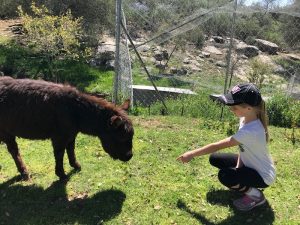 themselves particularly well to allowing us to leap to the explanation closest to what it resembles in our own world. Barn owls, for instance, have fear response called toe dusting, in which they shake their heads rhythmically from side to side when they can’t escape something. A lot of people think this looks like dancing, as it often happens when someone plays loud (and in the author’s opinion, obnoxious) music right up in their faces. Not dancing to the music, the birds are stressed.
themselves particularly well to allowing us to leap to the explanation closest to what it resembles in our own world. Barn owls, for instance, have fear response called toe dusting, in which they shake their heads rhythmically from side to side when they can’t escape something. A lot of people think this looks like dancing, as it often happens when someone plays loud (and in the author’s opinion, obnoxious) music right up in their faces. Not dancing to the music, the birds are stressed.
In general, and perhaps our extensive work with birds of prey reveals these misunderstandings probably more than your average animal enthusiast. It’s true, birds of prey are not only completely fascinating and draw a lot of attention and awe, but they are so different than us that it is so hard to understand them. For example, with a heavy brow ridge, they draw the inference that they look either perpetually grumpy, or when it is raised, in a state of shock. When it comes to want to help our raptor neighbors, we often end up either inadvertently orphaning the youngsters that are just learning to fly or misjudging a hurt one we thought was being cute and sleepy. This is a challenging nuance, indeed, and one 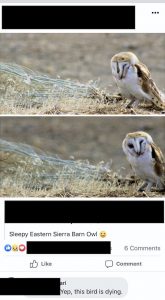 in which we speak to frequently in how to best help wildlife, for either way, a decision could be made and perpetuated to others that causes the end of an animal’s life. This is the true goal of any science expert, whether they are in animal care or otherwise, to share their knowledge to create ripples of positive outcomes.
in which we speak to frequently in how to best help wildlife, for either way, a decision could be made and perpetuated to others that causes the end of an animal’s life. This is the true goal of any science expert, whether they are in animal care or otherwise, to share their knowledge to create ripples of positive outcomes.
So how to learn how to make logical inferences about animal behavior? The important thing to keep at the forefront of our minds is that animals are very different than us and experience the world in different ways. Some have better senses and some of have worse senses. Understanding that there are things that we don’t and can’t know about the behavior of animals, yet how we fill in those gaps is very important. Another important thing to remember is that being an animal out in the wild is extremely hard and stressful. They don’t make decisions like you and I do. Imagine if every time you sat down for a meal – every single time – you feared for your life. That just a simple task as taking your eyes off of your surroundings and on to the morsel in front of you could be a deadly choice. It’s not about being the weakest in a herd or flock… most times, it’s just being in the wrong place at the wrong moment. We want to assume the best in their actions, that geese feed wild fish on purpose, when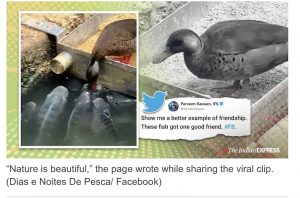 in fact they are actually wetting their food and the fish are taking advantage of the free meal! We want to see interspecies play, as it so often happens when two animals are doing an odd, contact-free dance around each other. Usually it is something in the genre of protecting a nearby nest or den, and each animal knows that a physical fight is extremely taxing, if not life threatening, and just really wants to get out of the situation. Animals in the wild do lead stressful lives filled with compromises and hardship, parasites, competition, and dwindling resources.
in fact they are actually wetting their food and the fish are taking advantage of the free meal! We want to see interspecies play, as it so often happens when two animals are doing an odd, contact-free dance around each other. Usually it is something in the genre of protecting a nearby nest or den, and each animal knows that a physical fight is extremely taxing, if not life threatening, and just really wants to get out of the situation. Animals in the wild do lead stressful lives filled with compromises and hardship, parasites, competition, and dwindling resources.
We owe it to them, to each other, and to ourselves to do our best in interpreting the world in front of us with a careful eye. It is okay to not know what we are seeing, but not assume the best nor the worst of intentions or outcomes. Ask questions and consume information about the concepts that spark your curiosity. Remember that the more voices there are out there, the more complicated things become. We also have a need for an integrated and interdisciplinary approach to teaching ourselves and future generations about science, animals, nature, and the world around us in the different ways that palatable and infiltrate the way that we think. This way, we can treat the world around 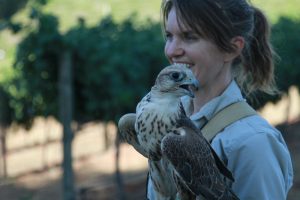 us with the respect it deserves rather than assume we know all there is to know. It is not enough to rely on zoos, schools, documentaries, corporations and governmental entities to give us the information they think is important. Smaller nature centers, arboretums, wildlife rehabilitation centers, animal education organizations are all vital to underserved and often poorer communities that are still necessary for the welfare of the ecosystem. We have been to programs with our birds of prey where our falcon is not immediately recognizable as a falcon. She has been called a condor, vulture, eagle, chicken, parrot, and everything in between. It does not upset us, but rather increase our resolve to keep existing, come what may in the years with animal rights activists, challenging state legislation cloaked in disingenuous language that says it wants to “keep you safe” from a perceived risk that is already well-regulated, and global pandemics that threaten the existence of small educators and organizations like ours!
us with the respect it deserves rather than assume we know all there is to know. It is not enough to rely on zoos, schools, documentaries, corporations and governmental entities to give us the information they think is important. Smaller nature centers, arboretums, wildlife rehabilitation centers, animal education organizations are all vital to underserved and often poorer communities that are still necessary for the welfare of the ecosystem. We have been to programs with our birds of prey where our falcon is not immediately recognizable as a falcon. She has been called a condor, vulture, eagle, chicken, parrot, and everything in between. It does not upset us, but rather increase our resolve to keep existing, come what may in the years with animal rights activists, challenging state legislation cloaked in disingenuous language that says it wants to “keep you safe” from a perceived risk that is already well-regulated, and global pandemics that threaten the existence of small educators and organizations like ours!
